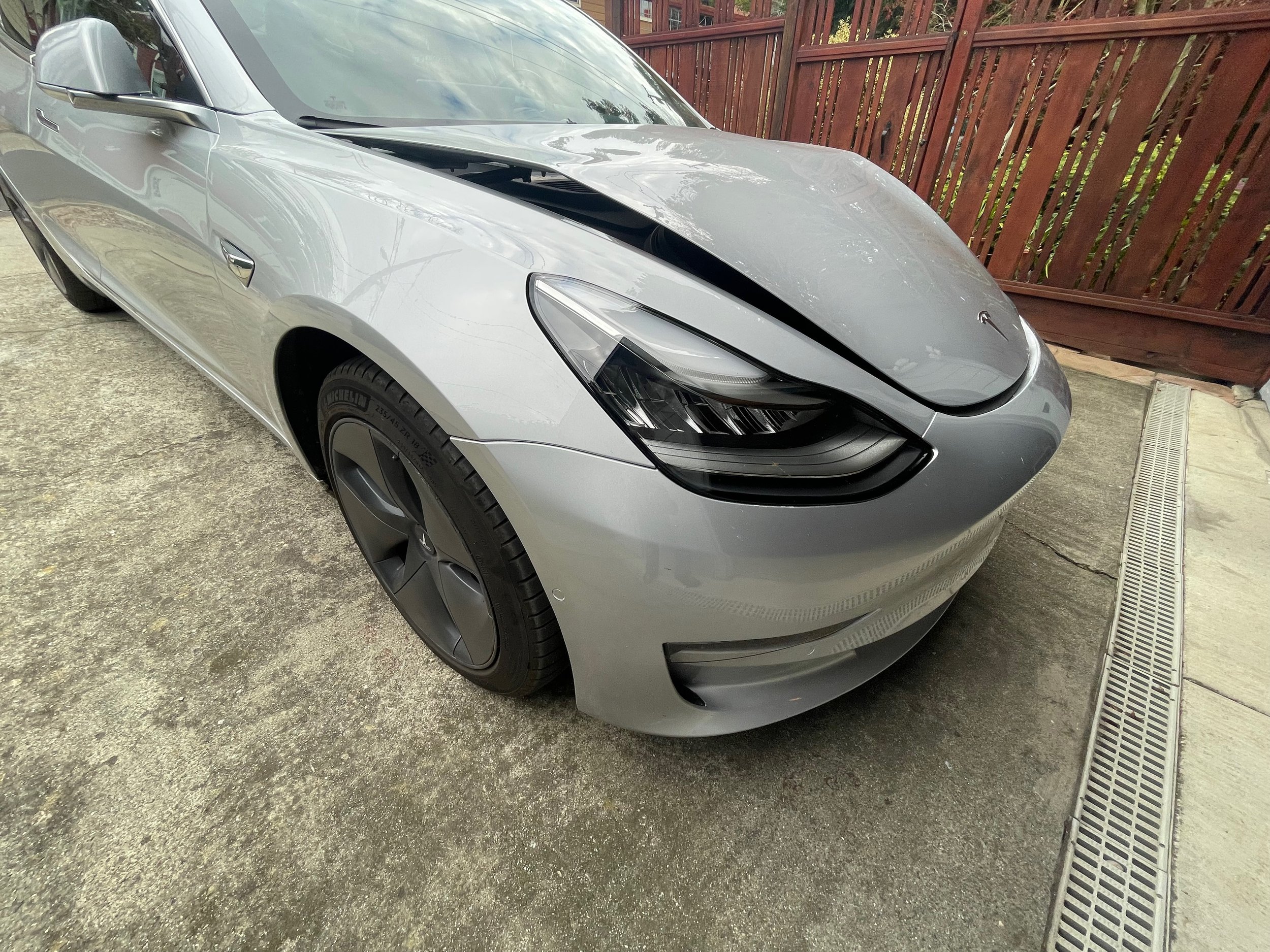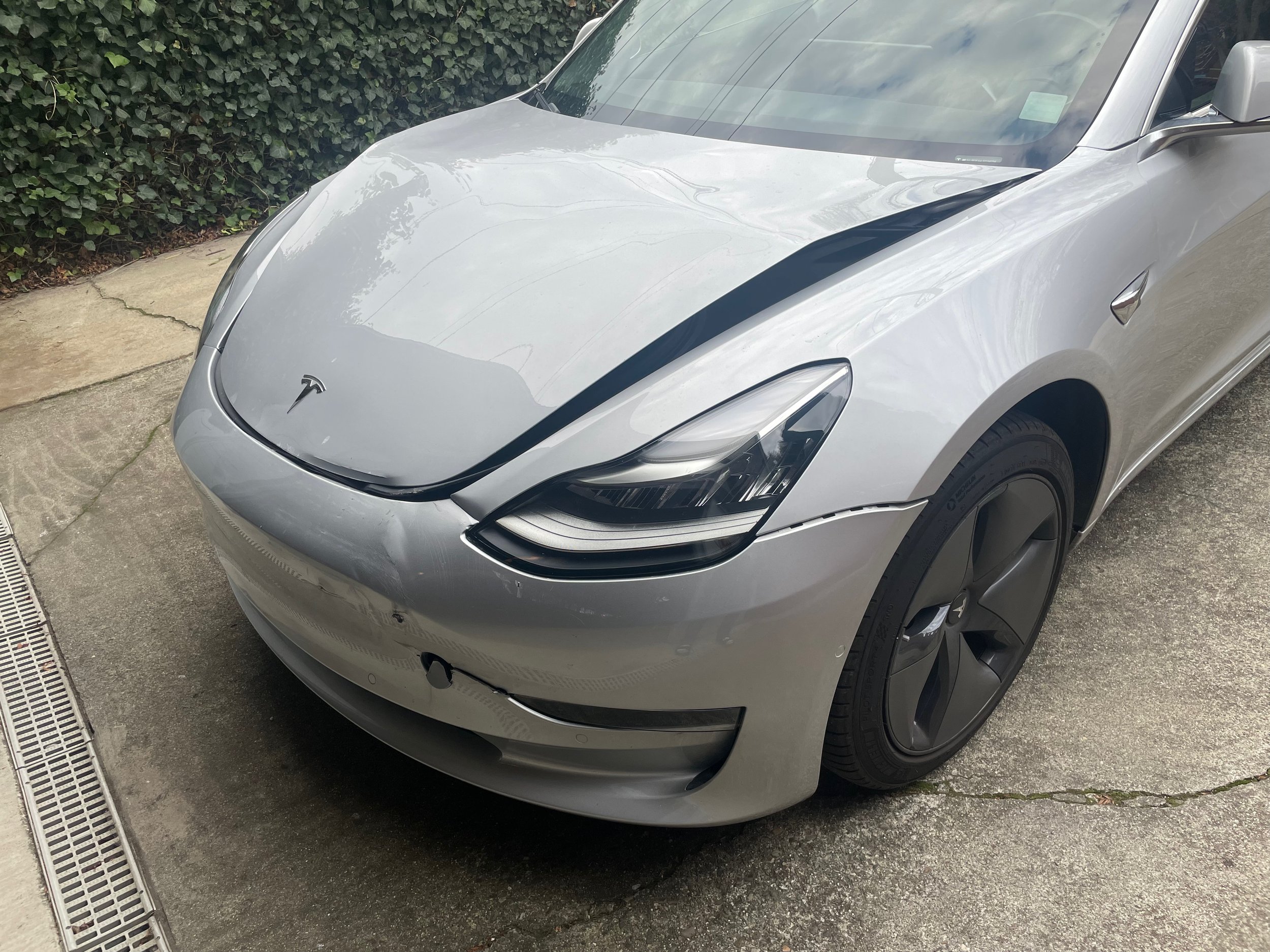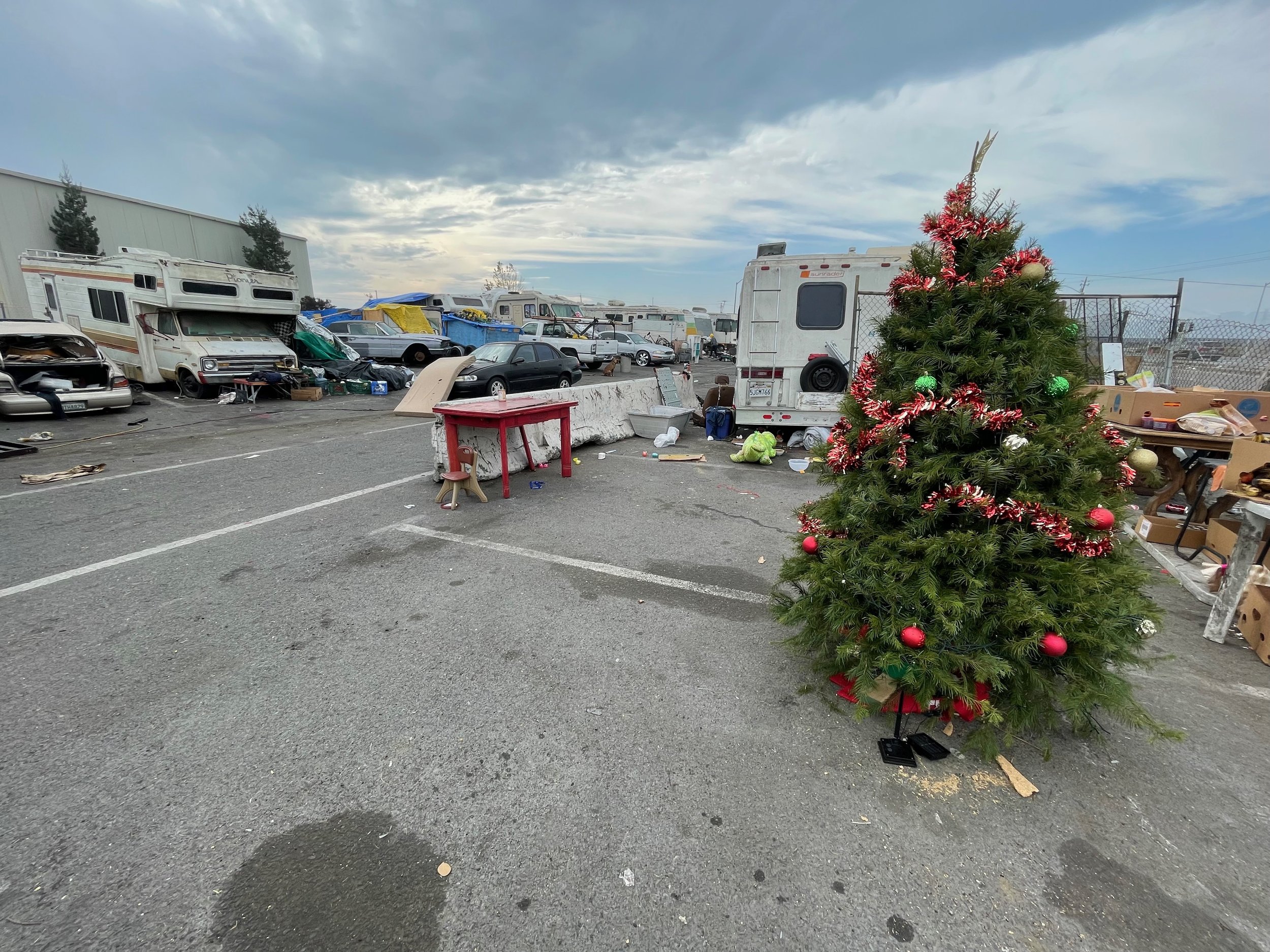A busy week. Had hoped to pick up the Tesla from the body shop on Tuesday, was told that it was ready, then told that someone in the body shop had damaged the rear bumper, so it was to be replaced. Picked it up Friday. Looks brand new. A welcome home coat of wax in order, but it’s too cold today.
Stuff One
Last July my optometrist told me that that the cataract in my left eye had grown to the point that surgery was possible. Met the opthalmologist in September who scheduled the surgery for early December. I couldn’t wait. Apparently Covid couldn’t wait, either. I was struck a week before the scheduled surgery. Postponed to Feb 15th, last Wednesday.
I wrote about it to a friend: “So I started Wednesday with a half banana, a half grapefruit, three slices of bacon, two scrambled eggs, leftover batard bread (toasted), two cups of coffee, and a glass of orange juice. It was 6:15. I knew I wouldn’t eat again until dinner. Five mile hike, then The Brothers Karamazov, tea, and showed up at 2:30 for 3:00 surgery. At 3:30 left the waiting room, had blood pressure checked (very high), then a check of oxygen, then an iv in my right forearm. 4:00 under the surgeon’s care, constant flow of water over the eye, no vision, just three moving bright lights. By 4:30 I was out, with clear plastic mask over the eye. Through the air holes in the mask I could see more clearly immediately than I could in my right eye. It took two days for my iris, which had been dilated, to come back to earth. I wear the mask at night now only. During the day I protect my eye with my reading glasses. Three weeks no swimming, easy on the exercise, walks okay. The Brothers Karamazov are sharper than ever. Reading is easier. One month I see the optometrist and will no doubt have a new prescription. So that’s the name of that tune.”
Sleeping with it is no big deal. Years ago I learned to sleep with a night guard in my mouth. After breaking my ankle last April I slept with a boot. A plastic eye patch is nothing. Just one week,.
I know that this is frightening, but the drops used to dilate my left eye left it as large as you see it as this photo revealed Wednesday night. Normal today, Saturday.
More Stuff
I received an email from Daniel McNevin. He wrote, “I read a post on your blog from 2017. As you can see below, Fr. Finn has been named in a molestation lawsuit. About the time you were there. Perhaps he actually did harm someone? Hurley gets no pass from me, but things may have been more complicated for them both, and the victims were truth, transparency, and young boys and girls.
I think everybody who has knowledge of what went on, even if the knowledge came late, should speak out to support these victims who now have the strength to speak up. Corroborating stories and insights will help them heal and be believed.
Whatever you know, whatever names you've heard, share them. Encourage others to. Not one bishop there cared. The place was, and is, a mess. Because you were there with the awareness of an adult, you might be able to help, just by working to connect the dots.
For what its worth, I'm not aware of one Catholic high school in Northern California that is free of sexual abuse by priests and brothers. Its staggering.”
He sent me a list of the priests who were under investigation.
I wrote back. “Dan, I didn’t respond to your last email because between then and today I had surgery. I knew all of the priests. For three I simply worked alongside of them. Stack was a friend. I knew he was gay, but I had no knowledge of his being active with anyone, and most certainly not with boys. I had hoped that his name wasn’t among those listed. To quote Mr. Trump again, “sad.”
My friend Jerry Stack is one of the accused. I am, as I wrote, sad.
National Stuff
For years FOX news has dominated the TV airwaves. Some years ago they deleted their motto, which read “Fair and Balanced” because, well, they were neither. Millions of Americans believe in FOX news, lionize the broadcasters, lap up what they say, unapologetically embrace their political leanings. In the immediate aftermath of the 2020 election they were the first network to call Arizona for Joe Biden, and FOX promptly lost 25% of their viewers because people listened to them not for the truth, but for the made up “truths” that they espoused, “truths” that dovetailed nicely into viewers’ faux patriotism, racism, misogyny, love of guns, hatred of liberals, and disgust with real truth. Two new conservative newscasts appeared on the scene, willing to pick up the mantle of lies and fraud. As FOX news hosts witnessed the exodus, they panicked.
In private conversations they laughed at, criticized, and complained about the hucksters who were loudly claiming fraud, claiming that the election was stolen, and other lies. They had a choice between preserving the FOX brand and telling the real truth. Money speaks. They chose the former, continuing to propagate the lies, rumors, and hucksters on their shows in a desperate attempt to regain their audience. And if what they knew to be false came out of their mouths, it was a sacrifice they chose to make to preserve their brand and their paychecks.
One of those maligned was Dominion Voting Systems, the company that manufactures voting machines. They are currently suing FOX news for 1.6 billion dollars, bolstering their case with emails, texts, and broadcasts by the FOX hosts who accused them of malfeasance, revealing that the FOX hosts gleefully pulled the wool over the camera lens, pandering to their ignorant audience when in fact, they knew better.
I have no idea how this will pan out, but if I were Rupert Murdoch, the owner of FOX news, I would be looking for my checkbook.









































































































































